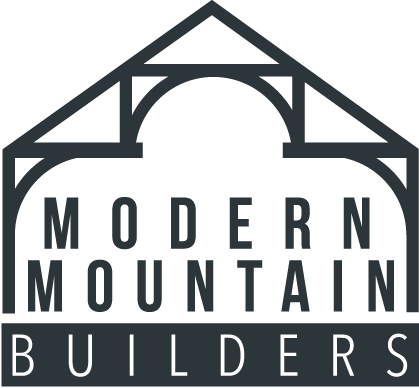Many families afflicted by the stay-at-home epidemic saw the downtime as an opportunity to change the appearance of a few things about their homes.
However, the timing of a wish to rebuild an outdated cedar fence wasn’t going to work out right away because of rising lumber prices.
This situation was made worse by the contractor’s having an inability to guarantee a customer’s desired wood would be available at all. This lumber shortage has affected not only renovations but also all new construction.
Rising Lumber Prices
The timing of new construction on your dream home may have a few added stressors due to lumber shortages and the continued rise in lumber prices.
According to market analysts, the cost of lumber has tripled or more since last year due to exceptional demand worsened by low inventories caused by the epidemic and a bleak picture of any improvement.
Most companies drastically reduced and slashed production and furloughed people, and yet the projected drop in demand never came.
The U.S. has recently been at the forefront of a pricing boom that shows no signs of slowing, thanks to the hottest housing market in recent history, fueled in part by low mortgage rates.
New Construction
New home contract sales were already 43 percent higher in December 2020 than they were a year earlier.
As a result, according to Zonda statistics, 86 percent of builders report substantial supply disruptions, with 96 percent reporting price hikes in March and April, with timber being the most important component.
Lumber prices are up 250 percent year over year, which makes building a new home a lot more expensive.
According to some estimates, such as those from the National Association of Home Builders, the cost of a new-construction residential home is about $36,000 higher this year – and climbing.
The average 30-year mortgage rate is 3.04 percent, down nearly 84 percent from the 1980s.
In contrast, today’s price for a thousand board feet of lumber touched a high of $1,300, up from $328 a year ago.
Despite expectations to the contrary, demand is growing in lockstep with price increases.
“Several factors that are typically beyond a builder’s control influence the cost of housing: availability of land, labor shortages, and the price of lumber and other commodities, are all contributing factors. When any of these costs rise, it becomes more difficult to offer affordably enough priced housing to fulfill our state’s demand, and hundreds of homebuyers are priced out of the market.
There has been a push for legislators to help. According to a copy of the letter, more than three dozen associations and trade groups wrote to U.S. Commerce Secretary Gina Raimondo in March, requesting that she “review the lumber supply chain… and seek quick measures that will enhance output.”
“Builders are facing shortages of lumber resulting in ever-lengthening delivery delays,” the letter says, citing higher-than-expected home demand and record activity by the do-it-yourself market. “As long as lumber remains expensive and scarce, the ability for housing and construction to flourish and lead the economy is constrained.”
The supply situation isn’t uniform across the country in many ways. In the American South, there are plenty of trees. The supply chain is being beaten down by beetle- and wildfire-ravaged forests in the Pacific Northwest, as well as a Canadian industry burdened by high U.S. tariffs on their product.
“People have realized the construction business didn’t go the same way as the global financial crisis,” said Peter Knowles, executive vice president of Rider Levett Bucknall, a worldwide construction costs consultancy. “Suppliers and producers will take a long time to resume normal output, and when the economy improves, we’ll see even more projects come to market.”
The End Game
The end-game, according to Knowles, is unlikely to appear till at least the rest of this year, if not longer.
Jalbert, an economist, believes the “positive demand surge and negative supply shock” will continue.
“The looming ghost of the previous housing crisis, with so many timber mills closing, gives everyone pause, a caution against capital expenditure” needed to satisfy demand, he said. “Demand must cool, mortgage rates must rise, and some purchasers will be priced out of the market.” The current price spikes will subside, but prices will not likely revert to pre-pandemic levels.”
“It astounds me that a semi of timber that comes in, we paid $15,000 for that load not long ago, and now it’s like $55,000,” he added.
He’s also witnessing a wild dash for inventory, spurred by shortages around the metro area. Cedar fencing is in scarce supply.
This puts even more pressure on local contractors.
According to anecdotal evidence, on-site theft of materials — particularly lumber — has increased several-fold.
- lumber price
- snew construction
- lumber shortage

